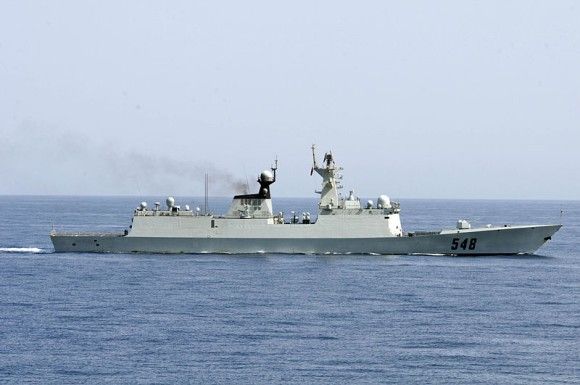Industry
MSPO 2016: Orlik - A Turboprop Simulator of the F-16
During the Kielce MSPO Defence Exhibition, Airbus Defence & Space showcased the project related to the TC-II MPT upgrade package dedicated for the PZL-130 Orlik turboprop trainer aircraft. The airframe offered by the PZL “Warszawa-Okęcie” facility is a military turboprop trainer which is to fuse low operational costs, providing the level of training proper for the lead-in training programme designed for the pilots of fast jets.
At the moment, the Polish Air Force operates 28 PZL-130 Orlik trainers. Up until 2013, 16 examples of this aircraft have been upgraded to the TC-II Garmin standard, featuring a new wing, Pratt & Whitney Canada PT6 750 HP engine, four-blade Hartzell propeller, and additional avionics.
At the moment, Airbus Defence & Space proposes that further modernization works are carried out so that the trainer, the roots of which date back to the 1980s, receives a glass cockpit avionics suite from the MPT (Multi-Purpose Trainer) variant. Such equipment would allow the student-pilots to effortlessly make their transition to the M-346 Master and F-16C/D Jastrząb jet aircraft.
According to the arguments made by the manufacturer, the training requirements form a need to implement the glass cockpit avionics, so peculiar of the 4th and 5th generation fighters, at the second stage of the pilot’s training programme. Using a turboprop aircraft at this stage of the training would make it possible to limit the operational costs.
TC-II MPT version of the Orlik features glass cockpit avionics including MFD and HUD displays, controlled by a computer which receives the commands from UFCP and HOTAS systems, and which is also coupled with the navigation and communications suites. All of the systems listed above have analogous modes of operation and are designated identically to those used in the Polish F-16 fighter aircraft. The open architecture of the avionics also makes it possible to expand the whole suite with more functionalities, such as the IFF system or third MFD.
The equipment installed on the aircraft, including the armament and Doppler radar simulating systems, make it possible to train the pilots in air-to-air and ground attack scenarios, also in adverse weather conditions and at night. PZL-130 Orlik TC-II may also act as a flying simulator of combat sorties.
